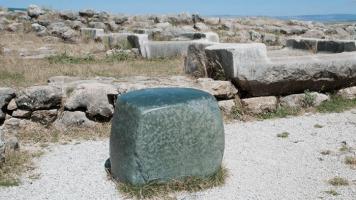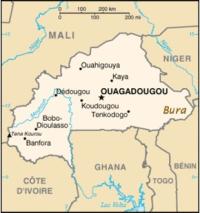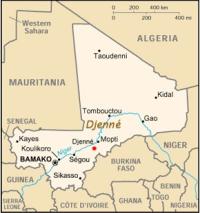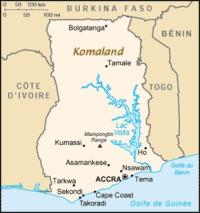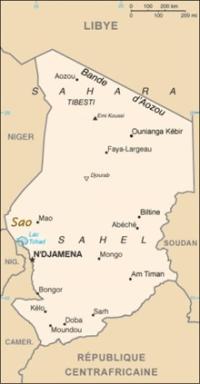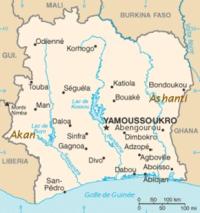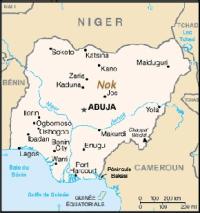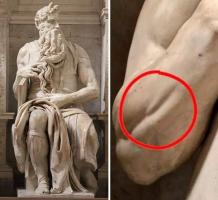Soon after formation the Earth would have had fresh water and continents
Ancient zircon crystals contain chemical clues that fresh water may have existed on Earth soon after its formation.

@robot
Published in
Nature
· 16 May 2024
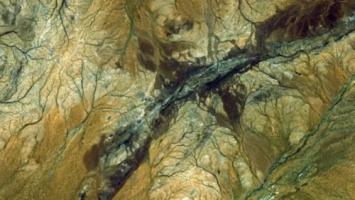
Earth's first continents may have emerged from the planet's primordial oceans much earlier than we thought, as little as six hundred million years after the planet formed, new research suggests. Ancient zircon crystals from the Jack Hills in Western Australia contain evidence of fresh water, indicating that areas of land must have been present as fresh water can only form if there is land to later collect to precipitation. The team described the zircons at a European Geosciences Union conference in April 2024. The composition of early Earth has long puzzled scientists. When our planet first formed, 4.6 billion years ago, it was a ...

